Table of Contents
Introduction: The Mildest Pepper Revealed
The mildest pepper is the bell pepper, with 0 Scoville Heat Units (SHU). This means it contains no capsaicin, the compound responsible for spiciness, making it completely heat-free while still delivering vibrant flavor and crunch. Bell peppers are the ideal choice for anyone seeking pepper taste without any burn, from children to spice-sensitive cooks.
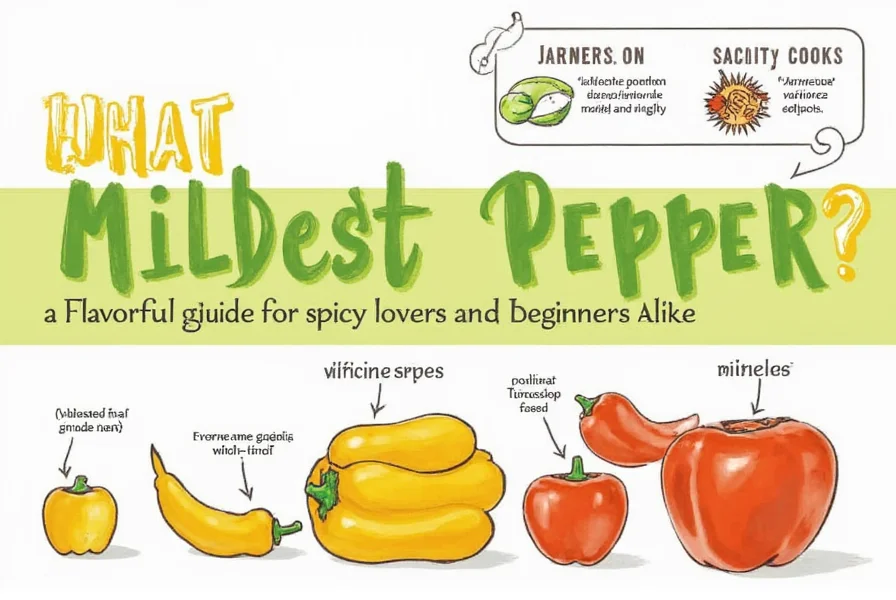
In this guide, we'll explain exactly why bell peppers are the mildest, compare other low-heat varieties, and provide actionable tips for using them in your cooking. Whether you're new to peppers or refining your culinary skills, this information will help you make confident choices in the kitchen.
Understanding the Scoville Scale
The Scoville Scale measures pepper heat intensity based on capsaicin concentration. Developed in 1912, it ranges from 0 SHU (no heat) to over 3 million SHU (extreme heat). This scale helps you select peppers that match your taste preferences.
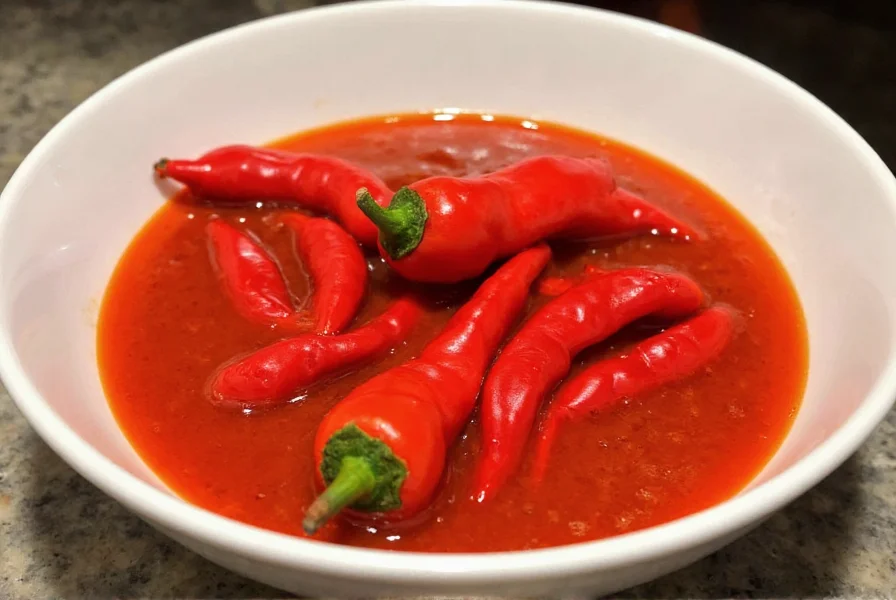
| Pepper Type | Scoville Units | Heat Level |
|---|---|---|
| Bell Pepper | 0 | Mild (No Heat) |
| Banana Pepper | 500-1,000 | Mild |
| Poblano | 1,000-1,500 | Mild |
| Mirasol Pepper | 1,000-2,000 | Mild |
| Jalapeño | 2,500-8,000 | Medium |
Key takeaway: Only bell peppers have 0 SHU. All other peppers listed here have some measurable heat, though banana, poblano, and mirasol are still considered "mild" compared to hotter varieties.
Top Mild Pepper Varieties
While bell peppers are the undisputed mildest, these varieties offer subtle heat with rich flavors:
- Bell Peppers (0 SHU): Available in red, yellow, green, and orange. Sweet, crisp, and versatile for raw or cooked dishes.
- Banana Peppers (500-1,000 SHU): Mildly tangy with a smooth texture. Great for sandwiches and pickling.
- Poblano Peppers (1,000-1,500 SHU): Earthy and slightly smoky. Best roasted or stuffed.
- Mirasol Peppers (1,000-2,000 SHU): Similar to poblanos but brighter in flavor. Ideal for salsas and sauces.
Important clarification: Jalapeños (2,500-8,000 SHU) are not mild and fall into the "medium" heat category. Even unripe jalapeños retain significant heat and should not be considered for heat-free cooking.
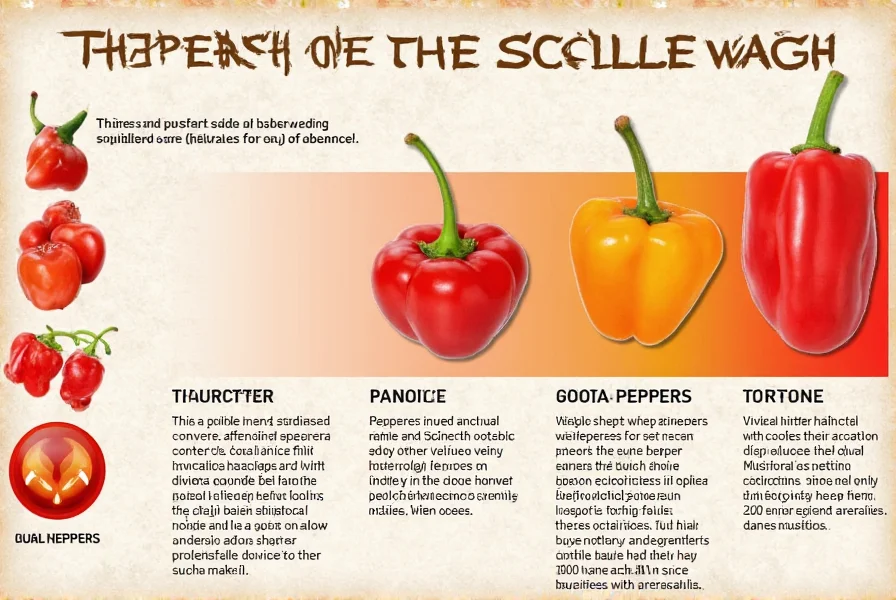
Practical Tips for Using Mild Peppers
Even mild peppers require proper handling to preserve their flavor and safety:
- Wash hands thoroughly after handling any pepper to prevent accidental eye contact.
- Remove seeds and membranes for maximum mildness, as capsaicin concentrates in these areas.
- Pair with creamy ingredients like avocado or sour cream to balance flavors in salsas or dips.
- Use raw for maximum sweetness in salads or as crudités, or roast to deepen flavor for stuffed peppers.
- Store in airtight containers in the refrigerator for up to 2 weeks to maintain crispness.
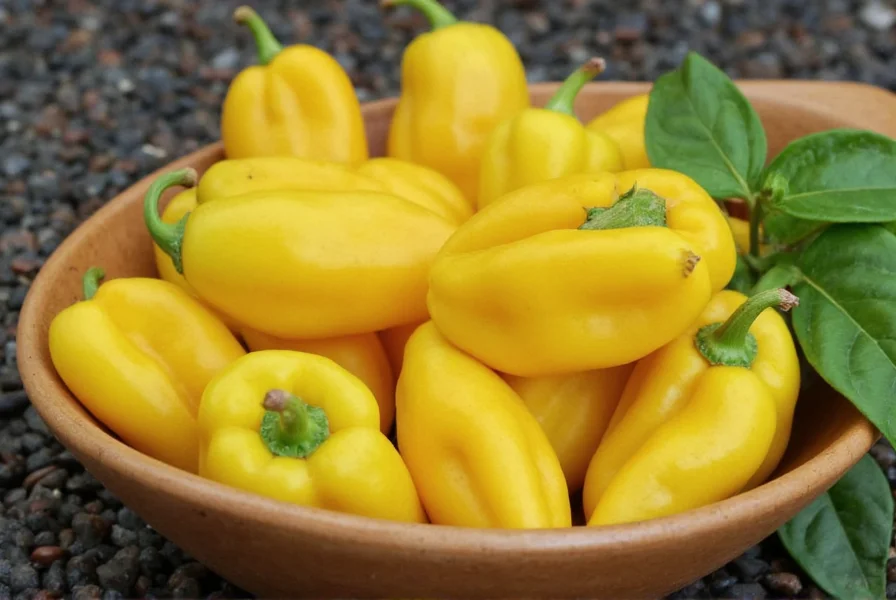
Buying Guide: Selecting the Right Mild Pepper
What to Look For
Mild peppers should have:
- Smooth, glossy skin without wrinkles or soft spots
- Firm texture that feels heavy for its size
- Vibrant color (e.g., bright red bell peppers are sweeter than green ones)
- Stem that's green and fresh-looking
Best Uses by Pepper Type
| Pepper | Best Culinary Uses |
|---|---|
| Bell Pepper | Salads, stir-fries, stuffed peppers, roasting, raw snacks |
| Banana Pepper | Sandwiches, pickling, pizza toppings, mild salsa |
| Poblano | Chiles rellenos, roasted sauces, soups, stuffed dishes |
| Mirasol | Fresh salsas, sauces, garnishes, mild heat in cooked dishes |
Who Should Choose Mild Peppers
Mild peppers are perfect for:
- Families with young children
- Cooking for guests with varying spice tolerances
- Health-conscious diets (low-calorie, high in vitamins A and C)
- Beginners exploring pepper varieties
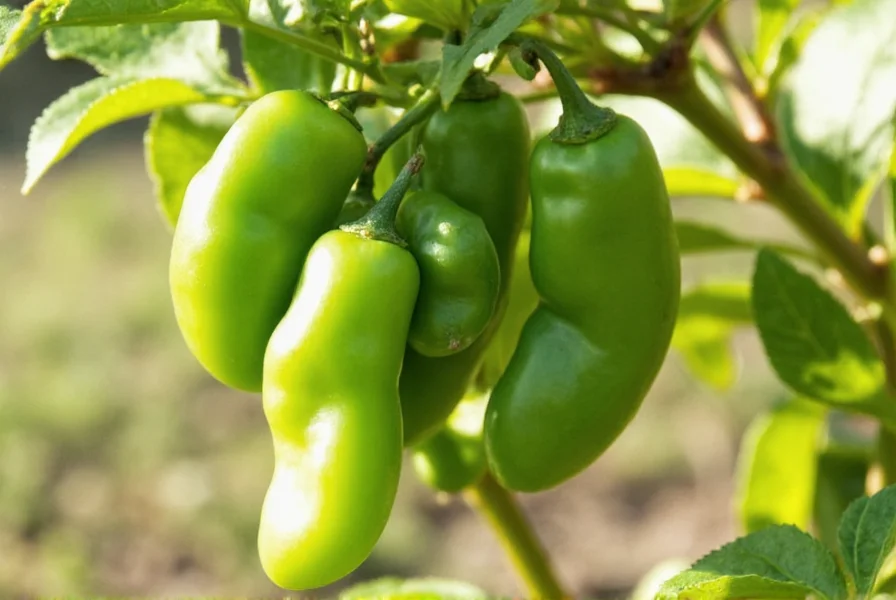
Frequently Asked Questions
Conclusion: Perfect for Any Palate
The bell pepper is the definitive mildest pepper with 0 SHU, offering pure flavor without any heat. While banana, poblano, and mirasol peppers provide subtle warmth, they're still significantly milder than medium-heat varieties like jalapeños. Whether you're cooking for kids, creating family-friendly meals, or simply exploring pepper flavors, these varieties deliver versatility and safety. Next time you're at the market, choose bell peppers for guaranteed mildness, and experiment with other mild varieties to discover new culinary possibilities.

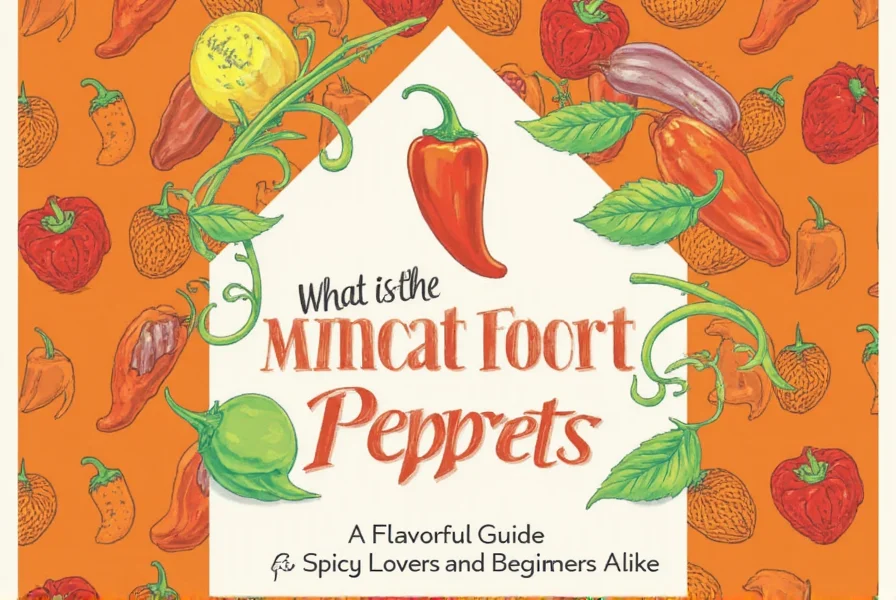









 浙公网安备
33010002000092号
浙公网安备
33010002000092号 浙B2-20120091-4
浙B2-20120091-4